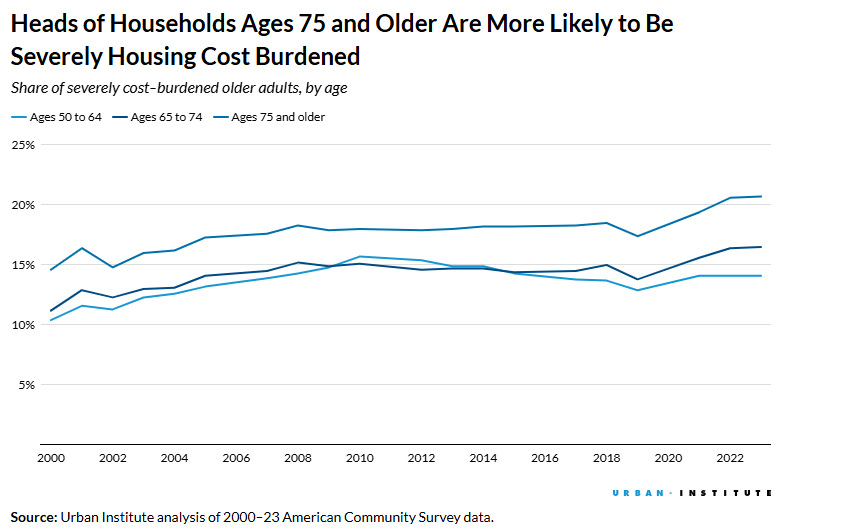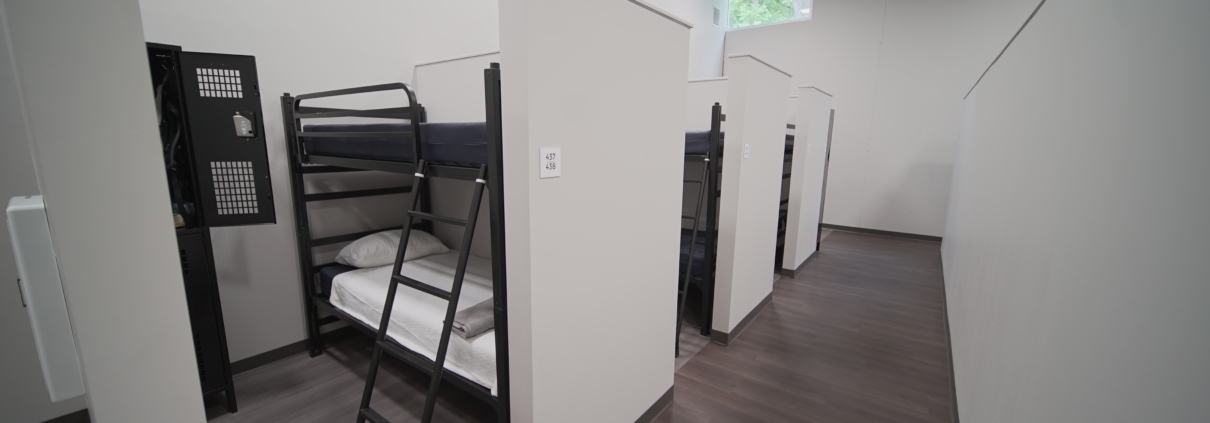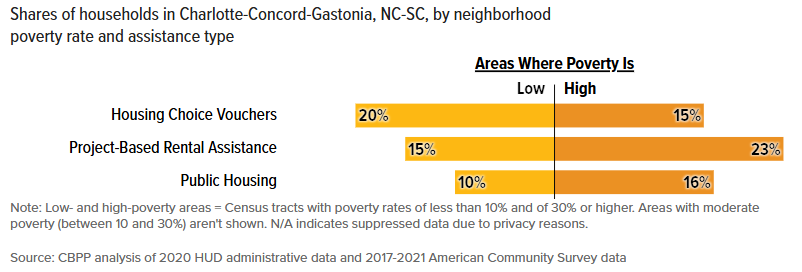Research and News Roundup:
March 2025
Mary Ann Priester
Senior Management Analyst
Mecklenburg County Community Support Services
The Research and News Roundup is a monthly blog series that features a curated list of recent news and research related to housing instability, homelessness, and affordable housing. Together, these topics provide insights about the full housing continuum and provide community stakeholders with information about emergent research, promising practices, and innovative solutions related to housing and homelessness.
This month’s Research and News Roundup highlights housing challenges faced by older adults, opportunities to improve neighborhood choice for households using housing vouchers, and an innovative scattered site shelter model.
America’s Housing Market is Failing Older Adults
This article published by the Urban Institute explores the growing housing crisis faced by America’s aging population. Older adults are increasingly burdened by housing costs, accessibility issues, and limited available housing stock. In the past 20 years, the number of seniors spending more than half of their income on housing has nearly doubled with 16% of people aged 50 or older being classified as severely cost-burdened. Rising utilities, insurance premiums, property taxes, and maintenance costs exacerbate this financial strain. Additionally, many older adults, particularly those on fixed incomes, live in homes that no longer meet their changing accessibility needs. This article emphasizes the need for policy interventions such as increased funding for housing vouchers and better insurance regulation, as well as the need for more data and research to ensure housing policies can accommodate the needs of the aging population.
Can Spokane’s Shelter Network Program Help Alleviate Homelessness?
In an effort to create a more effective and client centered pathway to permanent housing, Spokane, Washington has implemented a “scattered-site” shelter model to address homelessness. This model emphasizes small, community-based shelters of no more than 30 beds that provide comprehensive support services and tailored navigation services that assist households developing and implementing individualized plans to support their exit from homelessness. This strategic approach aims to shift the shelter system away from larger facilities that are often costly and ineffective to a system that provides personalized support in a community-oriented setting.
Where Households Using Federal Rental Assistance Live
Federal rental assistance programs provide support to over 10 million low-income individuals across the United States. The Center on Budget and Policy Priorities recently released an analysis that outlines how economic and racial segregation impact where individuals receiving this assistance are able to live. Using interactive maps and charts, the analysis provides the capability to examine the geographic distribution of the housing units occupied by federally assisted individuals in the 100 most populous metropolitan areas in the United States.
SO WHY DOES THIS MATTER?
Housing instability and homelessness are growing concerns in Mecklenburg County, particularly among seniors and low-income families. As the demand for affordable housing rises, innovative solutions are needed to ensure long-term stability for our most vulnerable populations. By examining successful models and policy recommendations from across the country, Mecklenburg County can implement targeted strategies to address these challenges. From expanding rental assistance programs to adopting community-based shelter models, a multifaceted approach can create sustainable pathways toward housing security and stability for all residents.





